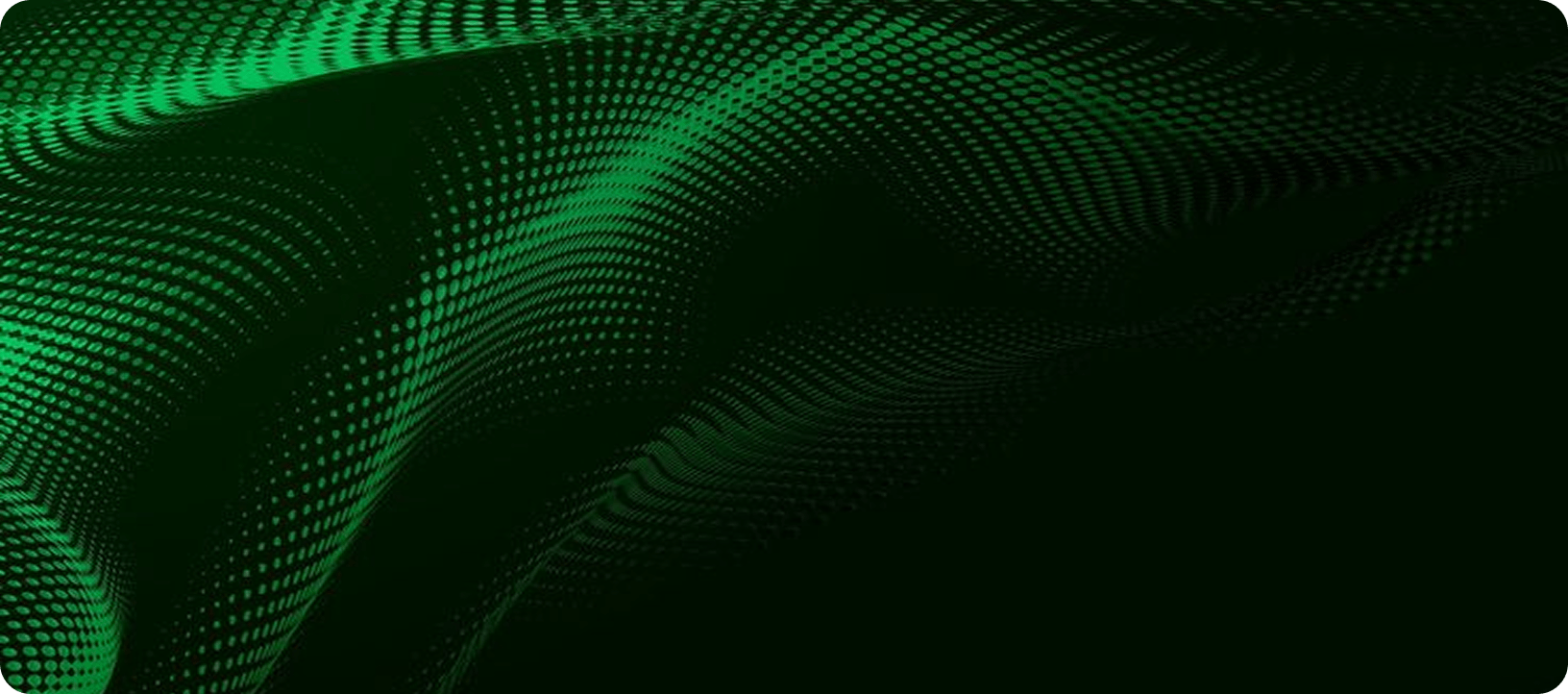Replatform Your E-commerce Site To Shopify In 2017
What is Replatforming?
Online web technology is changing rapidly. Shopify alone is making major updates on a regular basis. Dashboard changes, security improvements and new app releases make the platform wonderful but sometimes daunting for those busy building a business.
For online business owners operating on legacy platforms such as Zencart or Magento, moving platform, known as replatforming often creates a huge problem for the online business that want to keep up with the latest techniques or new trends. Luckily we specialise in moving stores onto to Shopify with minimal business interruption.
Brochure-ware sites don’t seem to be much affected by this because redesigning is possible for them with minimum effort, at a cost though. When it comes to more complicated web applications and websites, dealing with revamps and upgrades becomes an uphill task and e-commerce websites are an ideal example of this.
Replatforming not only involves a substantial financial investment but it’s a time-consuming process as well that tests the patience of the entire company – right from the management team and those in the IT to the sales team and so on. In a perfect world, a website replatforming should take a year-long planning coupled with budget allotment and defining clear goals.
But in reality, most of the companies don’t perform it proactively. Rather, they do it because of some driving issues. The idea of replatforming can make many e-commerce business owners or web developers’ grimace but actually, if you take the right path and approach it the right way, it can be immensely beneficial for your overall business growth.
Why Replatform Your Ecommerce Site?
Today, online shoppers have become savvy like never before. They have a high level of expectation when it comes to the online shopping experience. Simply put, they want an informative, engaging and personalized experience across multiple channels i.e. via mobile, online and in store. Whether you agree with it or not, improvements and changes in technology offer merchants new options to keep up with this growing demand and expectations of consumers.
The e-commerce store you developed for your business a few years back may no longer be the best platform for you today. Your site might be costly, slow and holding you back from offering the consumers a better experience apart from making the maintenance task nothing short of a real headache. In addition, issues like broken checkouts crashed site etc can directly affect your bottom-line. All these indicate that your business has outgrown the present platform and requires more advanced features. This is exactly why you need to replatform your e-commerce site. So, it can be said that replatforming has become something of a non-negotiable aspect these days to stay relevant and appealing to informed and demanding consumers. Remember that the effect of a negative experience is crucial. If a consumer needs to wait longer than usual for a page to load or the site fails to deliver a multichannel, rich experience, it’s most likely that s/he will never come back to that site.
By replatforming your website, you can develop a robust, modern environment that empowers you to enhance online traffic, develop targeted marketing campaigns, reduce costs, boost system performance and finally, increase revenue. However, replatforming is a crucial initiative that impacts the entire business operations, from front-end to back-end. Hence, it’s always advisable to study your present environment carefully before proceeding further.
What Will Replatforming Require?
Replatforming isn’t a piece of cake. Apart from carefully weighing your budget, workload, and timeline, you need to study how replatforming will impact current operations, your CRM, inventory management systems, onsite user experience, order fulfillment and shipping, sales channels, mobile-friendliness and customer service. In addition, before taking the leap, you need to consider the following areas as well:
- How long would it take to replatform?
- What does the Proof of Concept entail?
- How will this influence SEO ranking?
- Will all functionality be seamless?
- How will the upcoming platform integrate with the existing 3PLs and apps?
- Will the existing consumers experience any lapse in service?
- What components are non-negotiable in the Statement of Work?
All these are crucial not only to determine whether replatforming is best for you but to chalk out a proper plan as well to maintain efficiency and volume during replatforming.
When To Replatform?
Though a majority of e-commerce stores migrate to another platform every two to three years, this can differ based on the business, especially the business goals and rate of growth. It’s important to note that there’s no definite time to replatform. If you find any of the factors discussed above becoming apparent with your present platform solution, you should consider that as an indication to look for an alternative.However, regardless of the number of issues cropping up with your present platform, you must not try to change the platform until you have the proper infrastructure in place. Or else, you may end up experiencing severe negative impact on your conversion rates.
Your business is growing
Take a closer look at your present growth and the cost versus performance benefits as well as the growth projections of your e-commerce store. In case you get the feeling that your present platform is unable to meet the future requirements as well as the expansion of your business, migrating to another platform may be a wise decision.
Technology changes
Technology is something that’s always evolving. Take a proper inventory of your current platform and business requirements to decide on the functionality needed to advocate your business goals. In addition, remember that the emergence of a wide range of technology solutions has offered a huge impetus to replatforming. The overall expenses of licensing the latest, scalable, robust e-commerce technology, integrating with other modern platforms and applications as well as developing a custom user experience have been greatly reduced as a result.
New goals for your web store
Before embarking upon the migration, you’ve to set realistic and achievable goals for your business. These can be anything related to the business – from increasing page loading time to lowering shopping cart abandonment to increasing the conversion rates. Does your present platform allow you to respond quickly to rapidly evolving business requirements and the changing market? If any of these factors is a big concern with your current site, you should consider replatforming.
Integration
The necessity for e-commerce platforms to integrate with various sophisticated and complex partners and other third-party systems is increasing quickly. Often, older platforms experience different issues when trying to perform multichannel integration because the older software fails to comply with the newer applications. If your business model needs multi channel integration (or you plan to implement it in the near future), you may be served better by migrating to another advanced platform.
Security
In today’s highly vulnerable tech world, security has become immensely crucial both for your web store and your consumers. Since most of the older platforms are obsolete, their credentials are also most likely outdated and don’t comply with the updated security measures. Migrating to a newer platform can give both parties (you and your consumers) peace of mind knowing that your functionalities are secure and comply with the latest e-commerce regulations.
Replatforming to Shopify
Hosting and managed services
One of the biggest advantages of an advanced, hosted platform such as Shopify is it’s hosted for you. Hence, unlike some other platforms where the users need to have a solid grasp of programming and development skills, Shopify eliminates this headache completely. With the rock-solid architecture of Shopify, e-commerce store owners don’t need to worry about a massive stock of products or high amount of site traffic because the platform comes with the ability to accommodate colossal spikes associated with flash sales. Here’s what you get with every plan of Shopify:
- Unlimited email forwarding
- Your own domain
- Instant updates
- Content delivery network
Customization
Both Magento and Shopify offer solid customization capabilities. But with the former, the customization capabilities are actually open to the users with HTML/CSS and advanced web programming know-how while with the latter, things are a lot more intuitive. Shopify has made these things easily accessible with an uncomplicated, menu-driven editor. Undoubtedly, Magento offers more themes to select from but Shopify offers quality versus quantity in perfect spades. From a technical viewpoint, with Shopify, you can have your design customized with colors, logos and preferred content along with simple installation and an added advantage is that all these are simple to modify. On the contrary, installation of Magento themes is little more complex and modification is actually an uphill task
Scalability
One of the major concerns of enterprise-level e-commerce stores is scalability. You’ve to make sure that your chosen platform serves you seamlessly all the time, especially when your store experiences sudden spikes in traffic. Both Magento and Shopify come equipped with the capabilities to deal with high-scale merchants. With Magento, you need to create your solution to manage that highest peak in traffic while with Shopify, scaling is managed much more easily because of the platform’s team of adept programmers and developers. In addition, Shopify Plus offers benefits like unlimited scaling as well as extensive APIs. Hence, if you’re looking for a platform that would help your business to develop and evolve in tandem with the growing and changing needs of the consumers as well as the market, you should look no further beyond Shopify.
Community
Similar to Magento, which has developed a solid community of designers and developers around the platform, Shopify too has built a big and lively community. In addition, Shopify Plus merchants are able to enjoy the added benefit of exploring the Shopify Plus Partners Program – a comprehensive group of experts, each of whom represents the best in their respective fields. Shopify Plus clients can also reap the benefits of a VIP Facebook group that advocates conversations encompassing e-commerce strategy, design, and apps. Apart from the main documentation, Shopify also offers various learning resources. There’s an external, self-supporting community where merchants can share their experiences and skills. You can also have feedback from them on your store in lieu of feedback for them.
Security
In the e-commerce business realm, lack of security can easily compel you to shut the doors. This is one of the key reasons many people stay away from online shopping. When you’re running an e-commerce store, you’re dealing with customers’ sensitive information including debit or credit card details together with handling impatient customers. It means your web store has to be secure and fast at the same time. And making your consumers feel safe and secure when purchasing from your site is of utmost importance. With Shopify by your side, you don’t need to worry about consumers’ information getting stolen or hacked because that’s the responsibility of the platform. It’ll make sure that your website is PCI compliant along with taking care of various other measures related to risk management.
Conclusion
Rapid modifications in technology, as well as customer behavior, are pushing e-commerce business owners to migrate to advanced e-commerce platforms. Still, replatforming has to be approached very carefully. Before proceeding ahead with the migration, you must study your site carefully and assess the kind of upgrades you require from there. Consider the infrastructure that’ll be required to support the upgrades. Set realistic and specific milestones on the replatforming journey. Don’t let the fear of wasting time and huge expenses prevent you developing your business. There’re tools and partners available to the sellers that will make sure your migration from one platform to another happens seamlessly. Remember that an advanced e-commerce platform like Shopify empowers you to streamline the processes while increasing website speed, security, and stability to outperform the industry standards.Thus, with the right planning and implementation, you are sure to reap the benefits of replatforming to Shopify.




